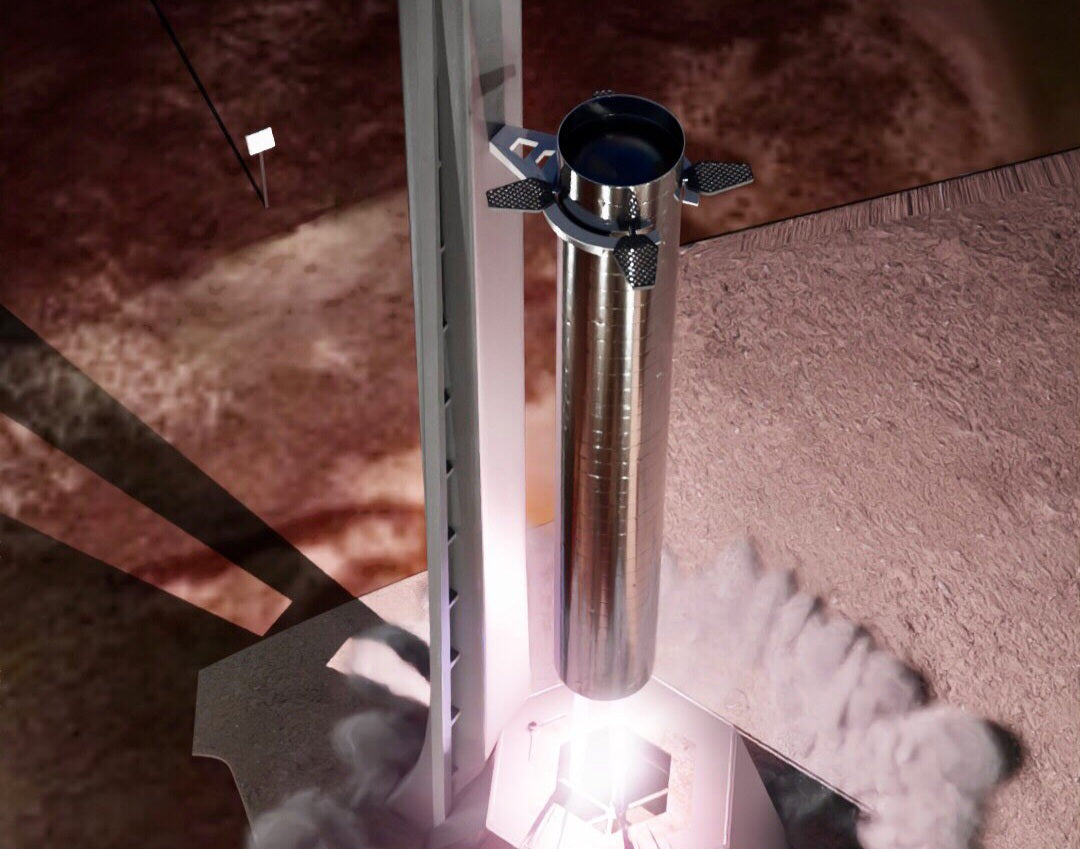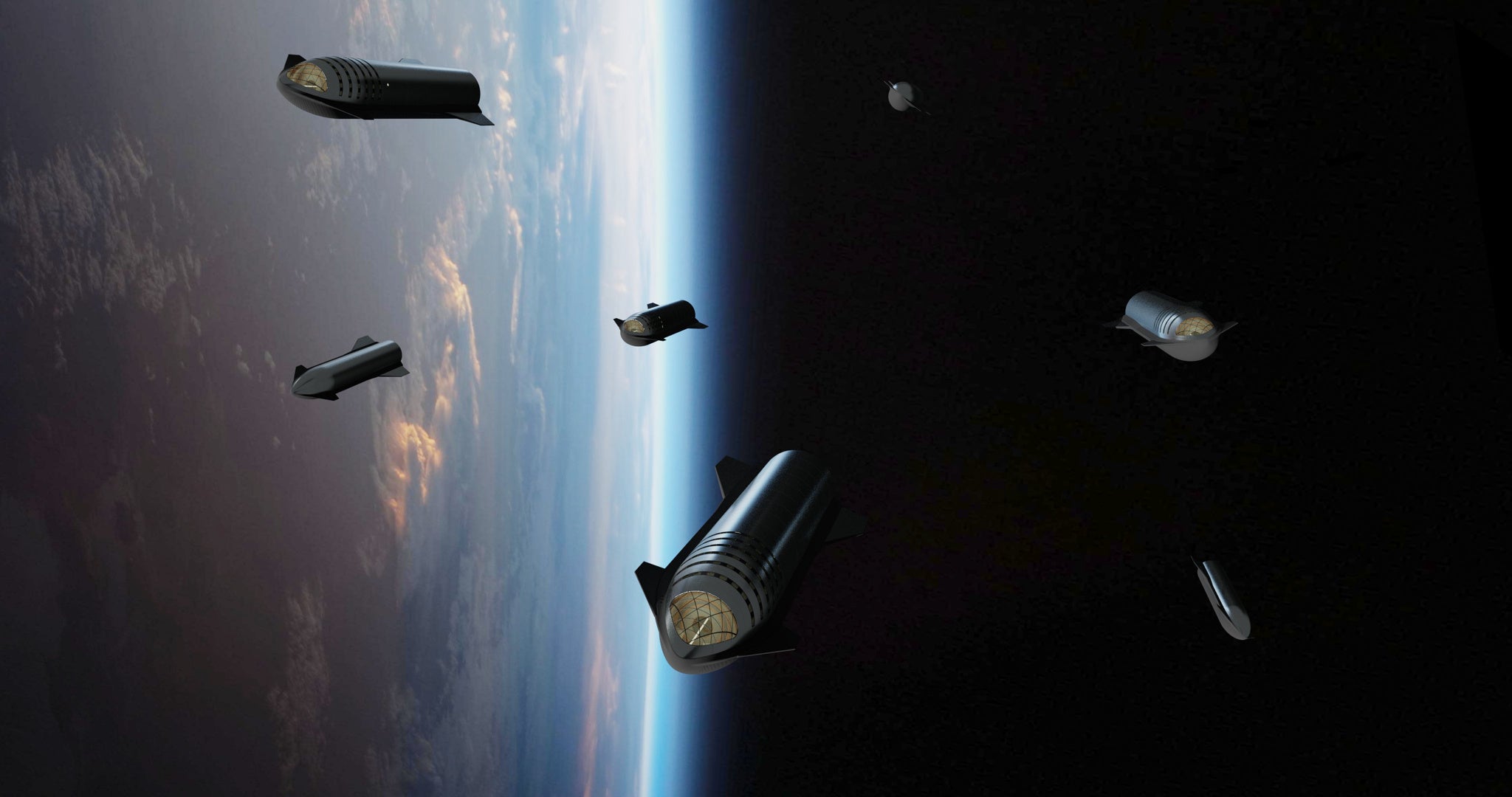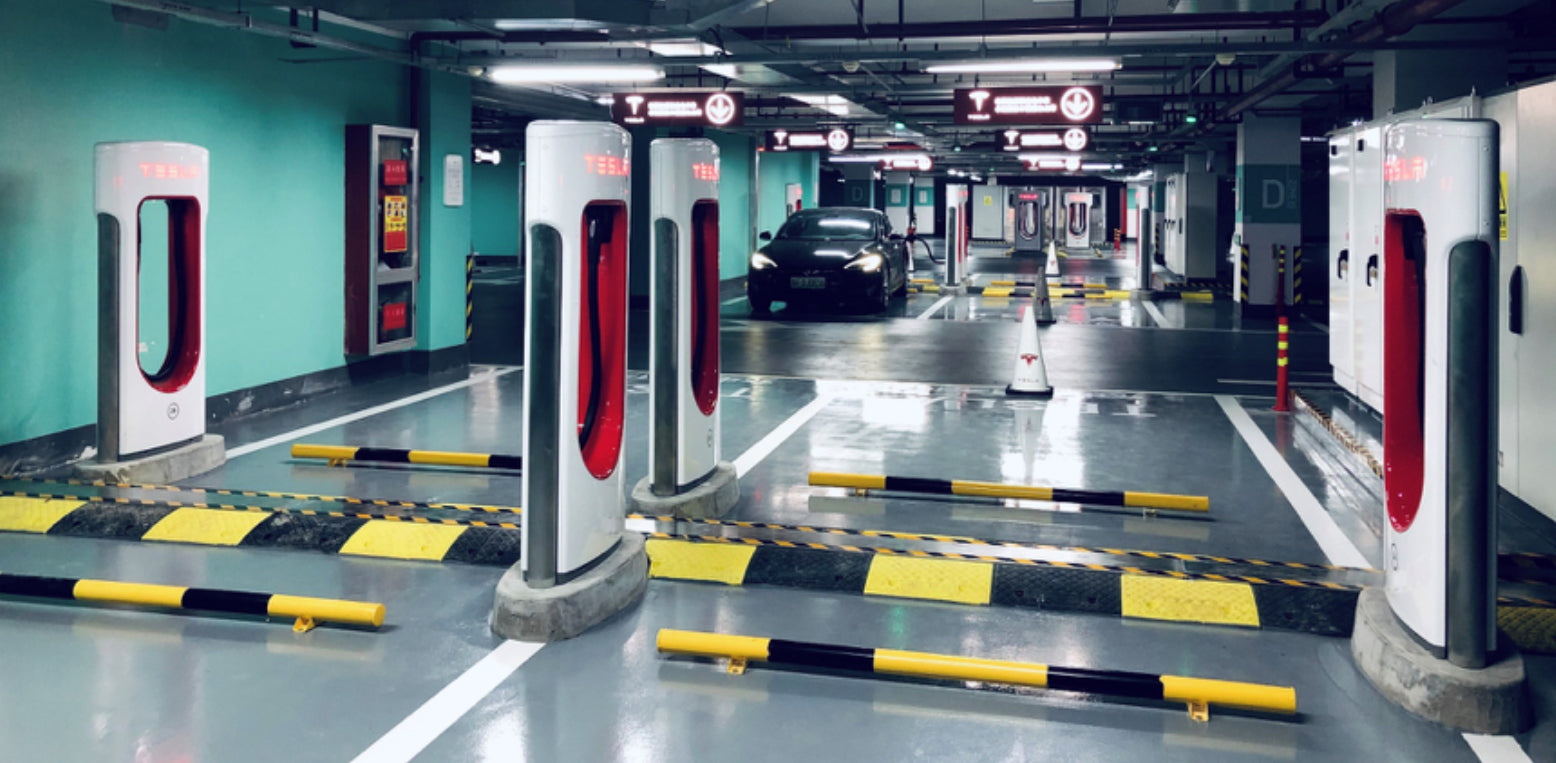Featured Image Source: Illustration by Erc X @ErcXspace via Twitter
SpaceX is developing the Starship spacecraft and its Super Heavy rocket booster at Boca Chica Beach, a tiny village in the southernmost tip of South Texas. The 230-feet-tall rocket will propel the spacecraft to orbit powered by 28 Raptor engines. The Raptor is a full-flow staged combustion engine designed by SpaceX, fueled by cryogenic methane (CH4) and liquid oxygen (LOX) propellants. Super Heavy will propel Starship to low Earth orbit and return from space to be reused. Initially, SpaceX engineers planned to land the booster like the company’s Falcon 9 rocket, which features retractable landing legs. On Wednesday afternoon, the founder of SpaceX Elon Musk shared he changed the Super Heavy rocket booster’s design - it will not feature landing legs anymore, SpaceX now plans to ‘catch’ the booster instead of landing it on the ground.
Catch and Release.#SpaceX #Starship pic.twitter.com/qBe23f3j9z
— Erc X (@ErcXspace) December 31, 2020
Super Heavy will also feature grid fins like the Falcon 9 rocket; four grid fins are located at top to control the vehicles orientation upon returning from space to reenter Earth’s atmosphere. Super Heavy will use its Raptor engines to perform a propulsive descent, however, without landing legs, the booster will utilize its integrated grid fins to be ‘cached.’ –“We’re going to try to catch the Super Heavy Booster with the launch tower arm, using the grid fins to take the load,” Musk shared. (An example of how it could work is pictured above, SpaceX has not released official diagrams of how the 'grid fin catch' will work.)
We’re going to try to catch the Super Heavy Booster with the launch tower arm, using the grid fins to take the load
— Elon Musk (@elonmusk) December 30, 2020
SpaceX aims to develop a fully reusable Starship and Super Heavy launch vehicle, capable of performing multiple flights per day. Musk shared that not adding landing legs to the Super Heavy rocket “Saves mass & cost of legs & enables immediate repositioning of booster on to launch mount — ready to refly in under an hour,” he said. When asked if the decision to eliminate the legs is due to the high stress the vehicle would experience upon landing Musk responded, “Legs would certainly work, but best part is no part, best step is no step,” he wrote via Twitter.
Saves mass & cost of legs & enables immediate repositioning of booster on to launch mount — ready to refly in under an hour
— Elon Musk (@elonmusk) December 30, 2020
Legs would certainly work, but best part is no part, best step is no step
— Elon Musk (@elonmusk) December 30, 2020
The company started to manufacture the first prototype of the Super Heavy rocket booster at the Boca Chica rocket factory a couple of months ago. Musk said on Christmas Eve that the first tests of the gigantic Super Heavy booster will take place in “A few months.” Sometime in 2021 SpaceX plans to test launch the rocket booster before it test launches a Starship prototype to orbit.
Right now, engineers are preparing the next Starship prototype, known as SN9, to perform a high-altitude flight test in South Texas. Starship SN9 is expected to replicate its predecessor’s test path. Starship SN8 performed an amazing 12-kilometer test flight in which it shutdown its Raptor engine trio, and conducted a ‘belly flip’ maneuver guided by its aerodynamic fins. Even though the vehicle exploded upon landing SpaceX gathered enough data towards the spacecraft’s development. After the flight test, Musk said SN8 exploded upon landing due to the fuel header tank pressure being low during landing burn which caused touchdown velocity to be high, ending in an explosion. SpaceX will change the way the vehicle’s tank is pressurized to ace the landing. Musk says Starship “SN9 will press CH4 (methane) header tank with helium. Long-term solution is under debate. Not clear what is lightest/simplest,” he stated. By trial and error is how engineers figure out what works best.
SN9 will press CH4 header tank with helium. Long-term solution is under debate. Not clear what is lightest/simplest.
— Elon Musk (@elonmusk) December 30, 2020
Image Source: Illustration by Erc X @ErcXspace via Twitter








